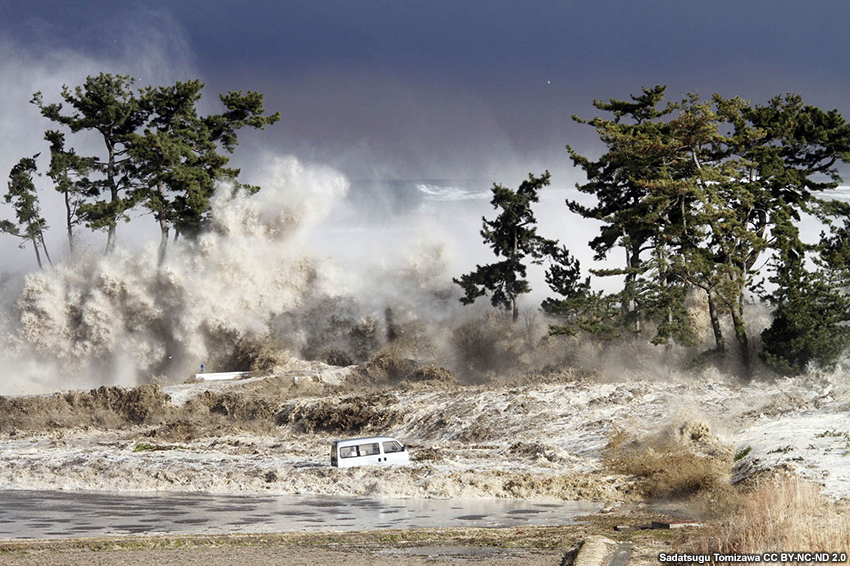Introduction
Tsunami hazards differ from weather hazards in significant ways, requiring forecasters to be aware of the nuances in the warning process and best communication practices for decision support. These key differences include the following:
- A tsunami can affect coastlines all across an ocean basin, in some cases simultaneously affecting multiple locations separated by large distances.
- Because an earthquake (EQ) can immediately generate a tsunami, which travels very quickly, there isn’t always time to get a warning out to coastal communities nearest the source.
- The initial tsunami warning process requires focusing on what causes an event, because by the time there is evidence that a tsunami has been generated, it is often too late for a warning to reach those who are the first to be impacted. In this way, tsunami warning communication is different from warnings for some other types of natural hazards.
- The best science can detect and warn of a tsunami, but the role of personal responsibility in reacting to warning messages is also substantial. For example, people in areas near known tsunami source regions need to know how to recognize nature’s warning signs and take responsibility to get themselves to safety. In areas where a warning can be received, clear information from the Tsunami Warning Centers (TWCs) and Weather Forecast Offices (WFOs) will allow local authorities to make evacuation decisions and implement other actions that people can follow.

Good decision support for tsunami events relies on building effective partnerships with your decision-makers ahead of the event to ensure everyone understands tsunami hazards and the tsunami warning process. The TsunamiReady Program provides a framework for these partnerships by establishing guidelines that promote tsunami hazard preparedness and improve public safety before, during, and after tsunami emergencies. For more information on tsunamis and tsunami preparedness, check out the following COMET lessons:
- TsunamiReady: Guidelines for Mitigation, Preparedness, and Response
- Community Tsunami Preparedness, 2nd Edition
In this lesson, we’ll focus on impact-based decision support services provided by National Weather Service WFOs in the context of a tsunami event. At key times in the evolution of the event, we’ll practice interpreting official tsunami watch, warning, and advisory products to convey information that is relevant to various decision-makers.